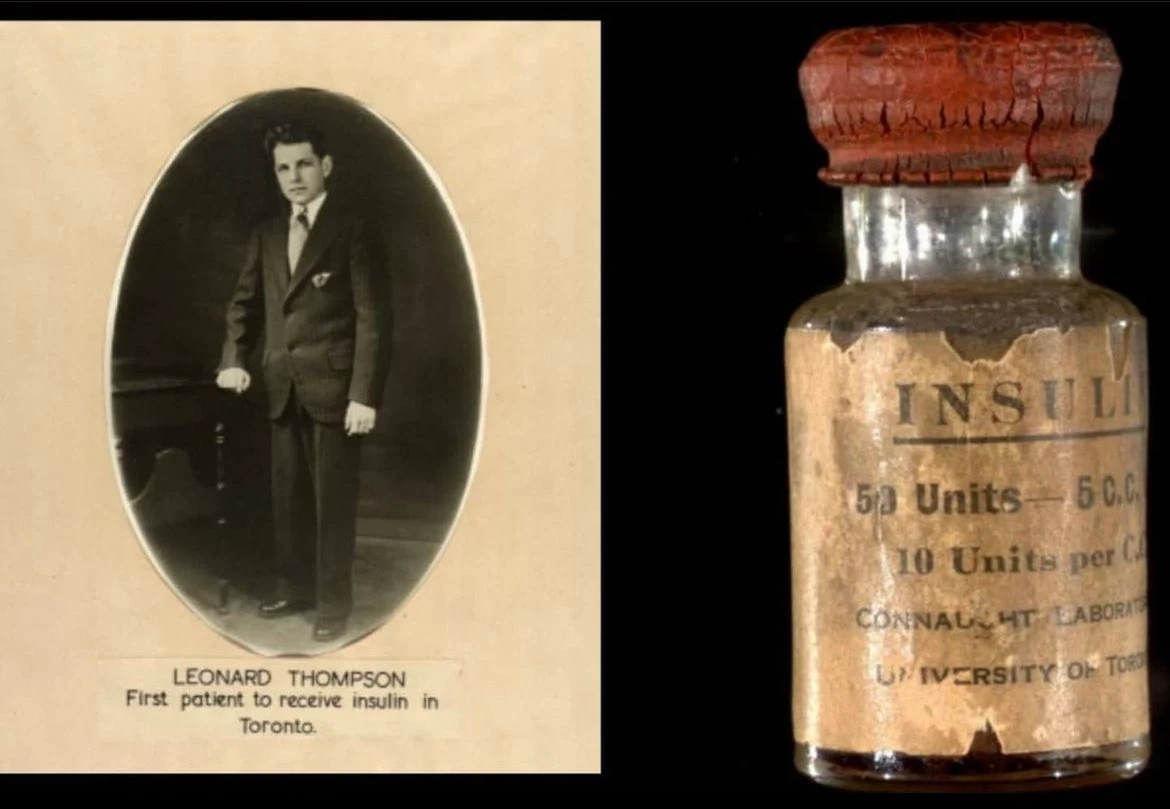
There was once a time when being diagnosed with type 1 diabetes was a death sentence. The ancient Egyptians first described the disease more than 3,000 years ago. During the many centuries that followed, parents would helplessly watch as their diabetic children slipped into comas and died.
By the 18th century, doctors discovered that a heavily modified diet could slow the disease. Many children were placed on starvation diets with limited carbs, which helped prolong their lives. However, such treatments were not very effective, and some children even starved to death.
Fast forward to 1922, when a group of scientists went to the Toronto General Hospital, where diabetic children were kept in wards, often 50 or more at a time. Most of them were comatose and dying from diabetes. These children were in their deathbeds.

The scientists moved swiftly and proceeded to inject each of them with a new purified extract of insulin that they were able to successfully isolate. As they began to inject the last comatose child, the first one that was injected began to wake up. Soon, all the children in the room began to wake up—one by one!
The scientists responsible for saving the children's lives were Frederick Banting and Charles Best. They both agreed that it would be unethical to profit from a discovery that could potentially save millions of lives. They sold the insulin patent to the University of Toronto for $1.
"Insulin belongs to the world, not me," said Banting.
A fascinating fact about the discovery of insulin involves the critical contribution of James Collip. While Frederick Banting and Charles Best were instrumental in the initial experiments, it was James Collip who played a pivotal role in refining and purifying the insulin extract to make it suitable for human use. Collip’s expertise in biochemistry and his relentless work in perfecting the insulin preparation significantly improved its effectiveness and safety.

Collip’s involvement ensured that the insulin treatment became a practical and life-saving therapy for people with diabetes. His contribution is sometimes overshadowed by Banting and Best, but it was essential in transforming insulin into a reliable medical treatment.
The story of insulin's discovery is a testament to the power of scientific collaboration and humanitarian values. The combined efforts of Frederick Banting, Charles Best, and James Collip not only saved the lives of countless individuals with diabetes but also set a remarkable example of selflessness by selling the patent for just $1. Their commitment to making insulin accessible to all, as expressed by Banting's words, "Insulin belongs to the world, not me," continues to inspire generations of scientists and serves as a reminder of the profound impact of medical research on humanity.
Comments
Post a Comment